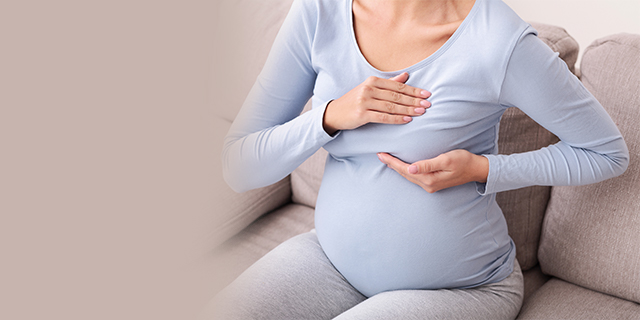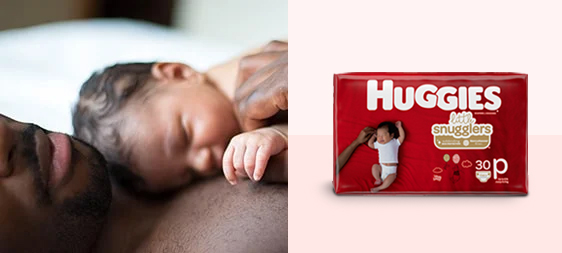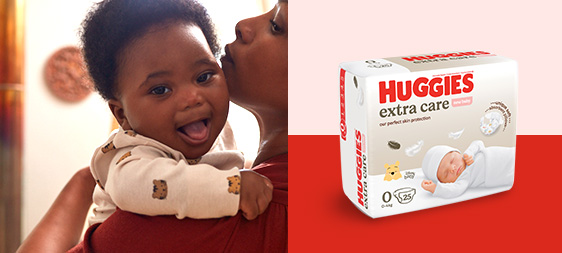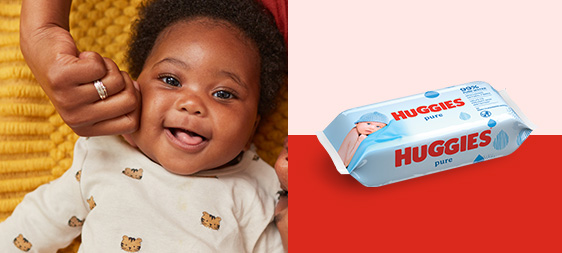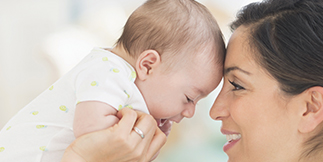Nipple and breast changes in pregnancy
Pregnancy is a time of transition for breasts. Even if you’ve never really thought much about yours since puberty, you’re likely to be investing a little thought into them now that you’re having a baby.
Despite what the media wants us to believe about breasts and what they represent, breasts are essentially designed to support human life. Our babies’ lives to be exact, and really, what could be more important?
Why Are My Breasts Getting So Big?
In order to produce milk and become suitable for infant feeding, breasts need to alter from their usual composition. Breast tissue is what is known as dynamic because it changes all the time as a result of hormonal influence. Hormones are essentially chemicals which cause changes in the functioning of our organs. When the levels of specific hormones such as oestrogen and progesterone increase, our breasts’ physiology changes.
During pregnancy when hormone levels are high, our breasts change more than any other time in our lives. Milk or lactiferous ducts need to enlarge to produce breast milk and without this happening, breasts cannot produce and store milk for feeding.
I Feel Like I’m Getting My Period
Many women describe early breast changes during pregnancy as being very similar to pre-menstrual breast symptoms. This is not surprising. The increase in breast and nipple sensitivity as well as breast heaviness is due to the same hormonal influences. But the big difference, apart from there being a baby of course, is that pre-menstrual symptoms tend to settle once a period starts, whereas pregnancy breast changes continue for the full gestation. Check here for more early pregnancy information.
Some women are more conscious than others of their breasts changing during pregnancy. This is nothing to be concerned about. Sometimes breast changes are rapid and happen almost immediately after conception. For other women, breast changes are more subtle and less overt. Every woman and her experience of pregnancy is different and comparison is rarely useful.
If you are worried about what you may or may not be feeling, speak with your maternity care provider and seek reassurance. Ideally, pregnancy is a time of excitement and joy. If for some reason you’re not feeling this way, then do all you can to improve your experience.
Breast Changes in Early Pregnancy
Tenderness and tingling.
Sometimes a “burning” sensation.
An enlargement in breast size.
A feeling of heaviness.
Some women report breast itching as a result of their skin stretching.
It’s not uncommon to develop stretch marks on the breasts.
Veins become more visible. They may be very blue or even green in appearance.
Many women develop a cleavage. For women who have always had small breasts, this can come as a surprise.
Some women may produce colostrum. This happens earlier in pregnancy for women who have had a baby previously.
You may feel lumps in your breast tissue where previously there was none. Remember though, breast lumps always need checking by a doctor, even during pregnancy when breast changes are normal.
A red and tender lump which may be caused by a blocked milk duct. Warm compresses and gentle massage can help to clear the blockage. But check with your maternity care provider to ensure this is safe.
Nipple Changes in Pregnancy
Increased sensitivity.
Hypersensitivity to cold.
Darkening of the nipple and areola.
An increase in the size of the nipples and areola.
Some women notice an increase in hair growth around their nipples.
Montgomery’s Tubercles may form on your areolas. These look like pimples but are not painful. They help to keep the nipples supple and soft in preparation for breastfeeding.
How to Care For Your Breasts During Pregnancy
Avoid thinking you need to do anything special to prepare for breastfeeding. Your body will know what to do as long as you care well for yourself, eat a healthy diet and get plenty of rest and sleep.
Wear a good supportive bra (see below for details). Breasts which are unsupported are more prone to sagging.
Avoid using harsh drying soaps or bodywashes.
You may find your skin becomes sensitive during pregnancy so consider using hypoallergenic toiletries with no added perfumes.
No matter how much you may love hot showers, spas and baths, avoid the temptation. Hot water can be very drying to the skin, as can long soaking. Instead go for a comfortably warm temperature which is better for you and your baby. Overheating can lead to complications, especially in the first trimester of pregnancy.
After showering, pat your breasts dry, rather than vigorous scrubbing. Be gentle.
The changes in your breasts may also lead to changes in your sexual relationship. Many pregnant women find the increased sensitivity in their breasts and nipples enhances their sex life. Don’t worry that breast and/or nipple stimulation will harm you or your baby. However, if you are at risk of premature labour be aware that nipple stimulation can lead to uterine contractions. Speak with your maternity care provider if you are concerned.
Maternity Bra Tips
Invest in a few good bras. Even if you’ve always been small breasted and able to go braless or just wear crop tops, pregnancy may change this.
Look for bras which are comfortable and supportive.
Wide straps can boost support, as will a wider cup size to accommodate an increase in breast width.
Wide bands which sit flat underneath the breasts and against the rib cage are ideal.
Underwire bras are not essential and in fact, some women cannot bear to wear bras with underwires, pregnant or not. Maternity bras tend not to contain underwires because these can cause blocked milk ducts and/or mastitis.
Seamless cups which are constructed from one intact layer of fabric can be most comfortable.
Bras made from cotton/Elastane combination allow for stretch whilst also ensuring the skin can breathe. However, if you are large breasted, reinforcement and “scaffolding” of a bra makes it more supportive.
If you feel more comfortable wearing a bra to bed, feel free to do this. A stretchy “all in one” crop top style made from soft fabric can be the best to sleep in.
It can be useful to get properly fitted by a trained bra consultant. Go to a couple of the large department stores, ask questions and do your own research into what works well for you.
Choose bras which are comfortable on the tightest hook. This will mean that there is still room for adjustment once you are lactating and your breasts increase in size.
If you find a maternity bra which fits well and is comfortable, buy a couple of them.
Be prepared to buy different sized bras as your pregnancy advances.
The best time to be fitted for a maternity bra is around four months onwards. But this is highly individual.
If you’re finding you’re still fitting into your regular bras and they are providing you with good support then continue to wear them.
Heavy, large breasts can cause back and shoulder aches. A well fitted, supportive bra can make a big difference to comfort.
Avoid trying to save money when it comes to buying maternity bras. Wait for sales if you can, shop on-line and look for “add-on” deals. Ultimately, what you spend on comfortable maternity bras will make a big difference to your everyday comfort. Well known lingerie brands and companies have more money to invest into their research and development. This means that their products are often superior when it comes to product lines.
Hand wash your maternity bras or at least use a lingerie bag. This will extend their life and support properties.
Heat Rash during Pregnancy
It’s not uncommon for pregnant women to develop a heat rash underneath their breasts. This can be intensely annoying, especially if the rash is sore and itchy. Most commonly the cause is friction and two skin surfaces rubbing together. This increases heat and sweating.
During summer, heat rashes tend to be worse. Sweat aggravates the situation and occasionally, a bacterial infection can develop on the skin as well.
Heat Rash Tips
Treatment is generally based around being very careful with hygiene.
Showering at least twice each day, washing the rash with a gentle non-perfumed soap or body wash, air drying and/or patting to dry with a soft towel will help.
Separating the skin if possible can be very helpful as can opening up the area to air.
Occasionally, a powder containing zinc can be useful to absorb excess moisture. However, it important this is used sparingly. If a thrush infection is present, a specific anti-fungal cream or ointment is necessary. Thrush tends to appear like small white or red headed pimples and can be intensely itchy and shiny. Check with your healthcare practitioner and/or pharmacist for treatment options.
- If the rash has a smell, is painful or not improving with the above measures, check with your GP or maternity care provider. A bacterial skin infection requires antibiotic cream or sometimes oral antibiotics to clear up.

